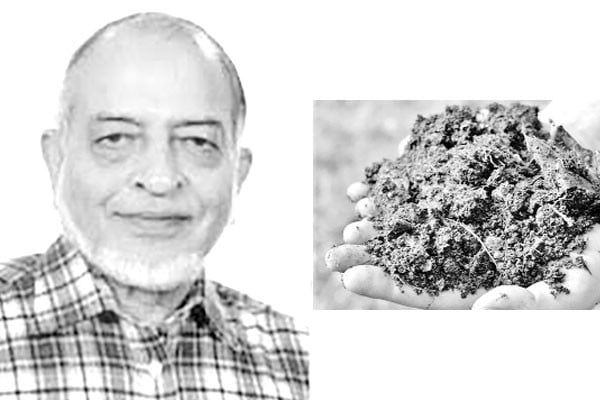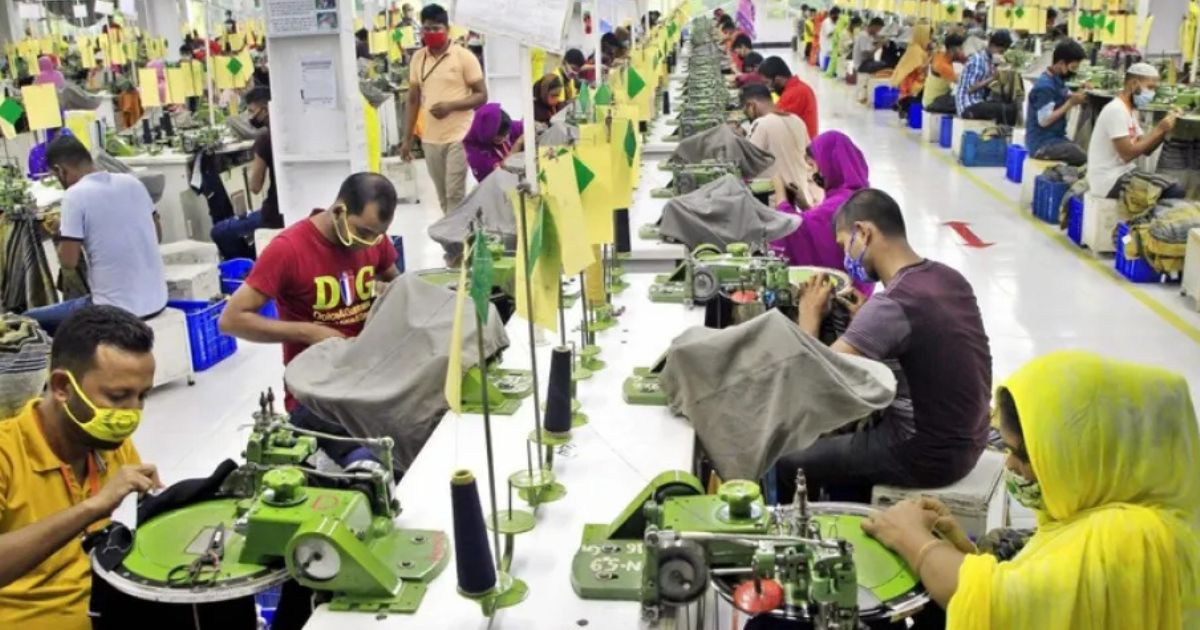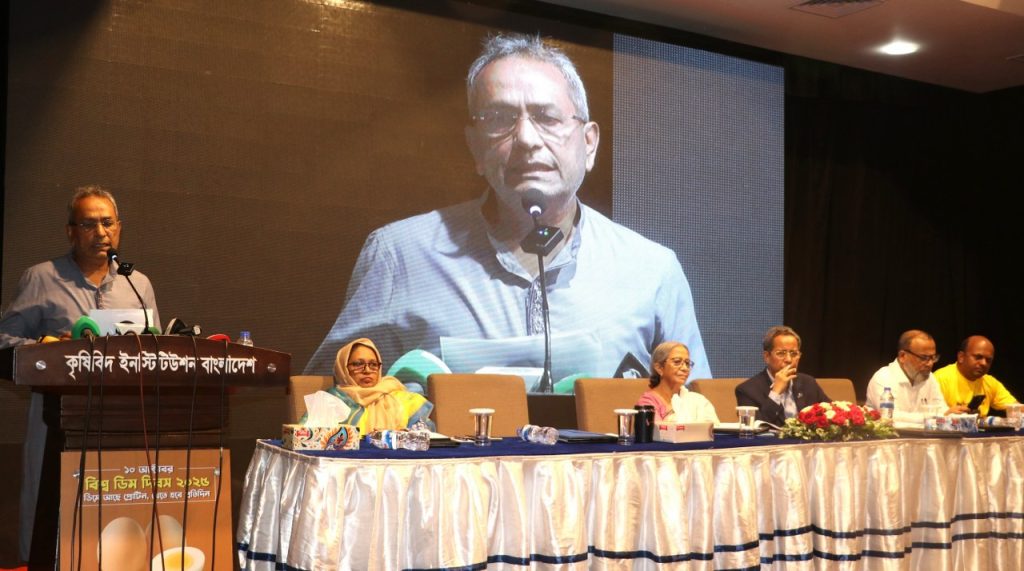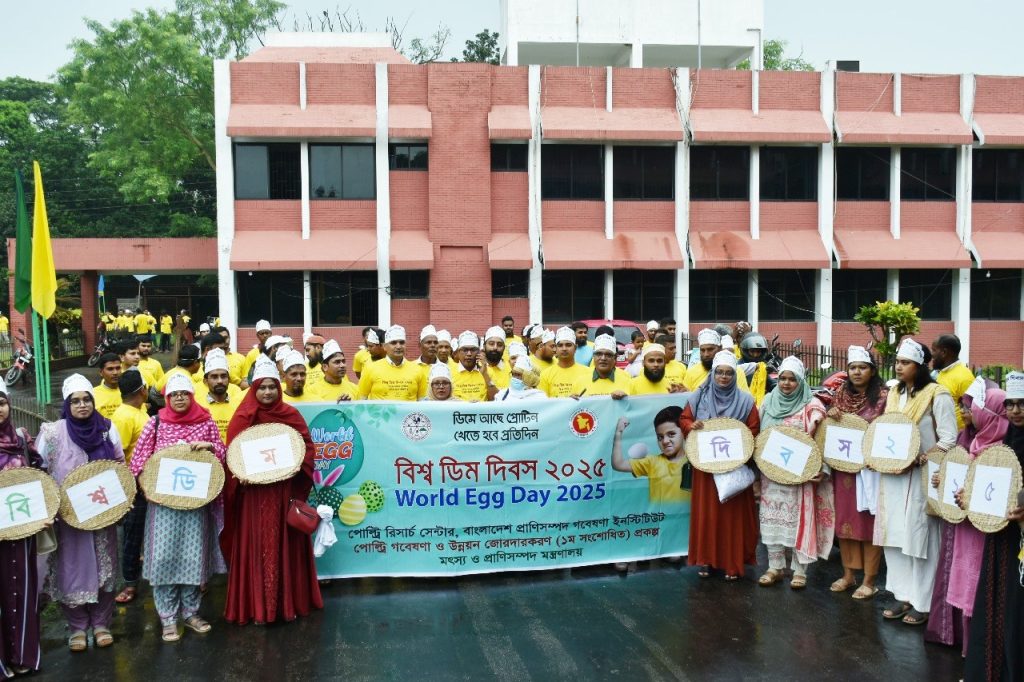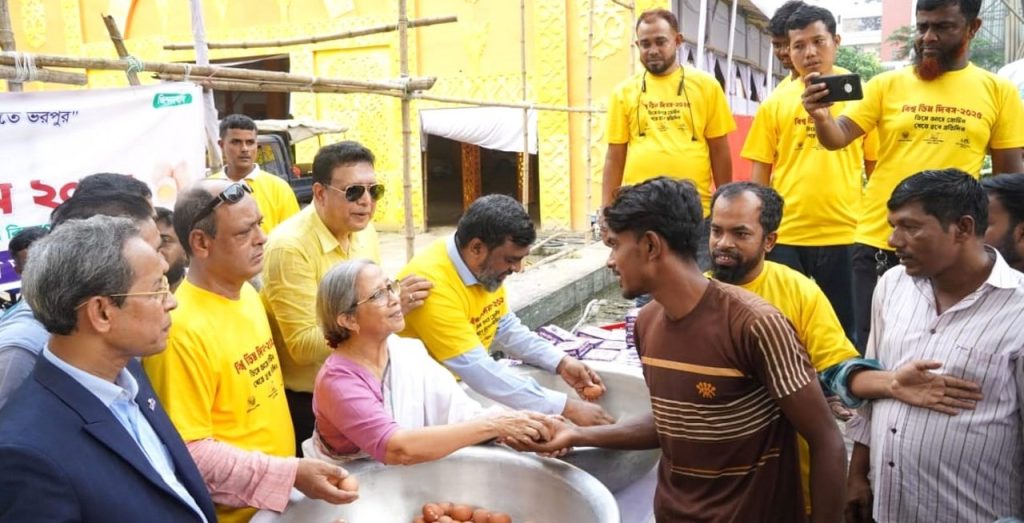Fertilizer from Waste: Aftab Chowdhury

- Update Time : Thursday, April 24, 2025
- 402 Time View
In our urban-centered daily lives, we often see huge piles of waste, food scraps, and garbage dumped in the streets or nearby areas early in the morning, forming mountains of filth. This foul-smelling waste pollutes the environment. Only a tiny portion of this massive waste is scavenged by the poor to make a living. The remaining food waste spreads pollution among nearby residents, harming health and causing various problems. But now, fertilizer is being made from this very waste.
A special process is used to convert the waste into fertilizer, involving a specific species of red earthworms. Aerobic bacteria or microbes, with the help of air or oxygen, initiate a biochemical reaction using enzymes to convert discarded vegetables and food from canteens and restaurants into organic fertilizer.
When these worms are released into a vermi pit, they burrow into the soil and neutralize harmful substances in the waste such as sulfur and nitrogen, which are responsible for the foul odor. A combination of these worms and microbes, along with the worms’ waste and eggs, reacts with the food waste through a biochemical process, turning it into black, granular compost or crumbly soil. This soil-like fertilizer is excellent for agriculture.
Chemical fertilizers, commonly sold in the market, are harmful to the environment. Studies have shown that six worms, if given optimal environmental conditions—such as suitable pH levels, moisture, heat, and adequate food—can multiply to two thousand in three months and begin processing more and more waste.
It’s worth noting that discarded food includes green vegetables, fruit peels, tea leaves, rice, lentils, snacks like samosas and biscuits, fast food like chow mein and noodles, grass, dry leaves, and even rice starch. The temperature must be maintained between 10 and 40 degrees Celsius, the pH should remain neutral, and the compost bed must be kept moist by spraying water regularly. The bed is made with a layer of bricks, followed by coconut husk and a layer of red earthworms—species like Eisenia foetida, Lumbricus rubellus, and Perionyx excavatus. Next comes a layer of dry cow dung compost, followed by soil, and finally, a top layer of food waste. This special species of red worms can be found in remote villages. They can convert rotting food—whose stench lingers in the air—into odorless organic compost.
In approximately three months, the layered waste is transformed into high-quality compost. Since the worms remain in the lower levels of the pit and continue to breed, only the top layer of compost is carefully removed with a shovel to avoid harming the worms. This process is repeated continuously over three months, with food and water added carefully. As the worm population grows, additional vermi pits can be set up.
Abroad, this method of breeding worms has become part of a profitable business model, with such worms being sold internationally. Using this vermi-compost fertilizer yields better results in any type of cultivation.
The worms are kept in partial light and shade, near trees or walls. The ratio of worms to food is maintained at 2:1 by weight. As the worm population increases, the amount of waste can also be increased. It has been observed that this fertilizer can even support tree plantation in hard soils and deserts. In places where it’s nearly impossible to grow trees, experiments show that mixing this organic compost with cement and sand allows trees to thrive. This, in turn, boosts forest conservation efforts in the country. Vermi-compost is emerging as a profitable business and a sustainable alternative to chemical fertilizers.
To put it simply, this is an extraordinary and innovative effort to transform a polluted environment into a green one.
The writer is a journalist and columnist.


